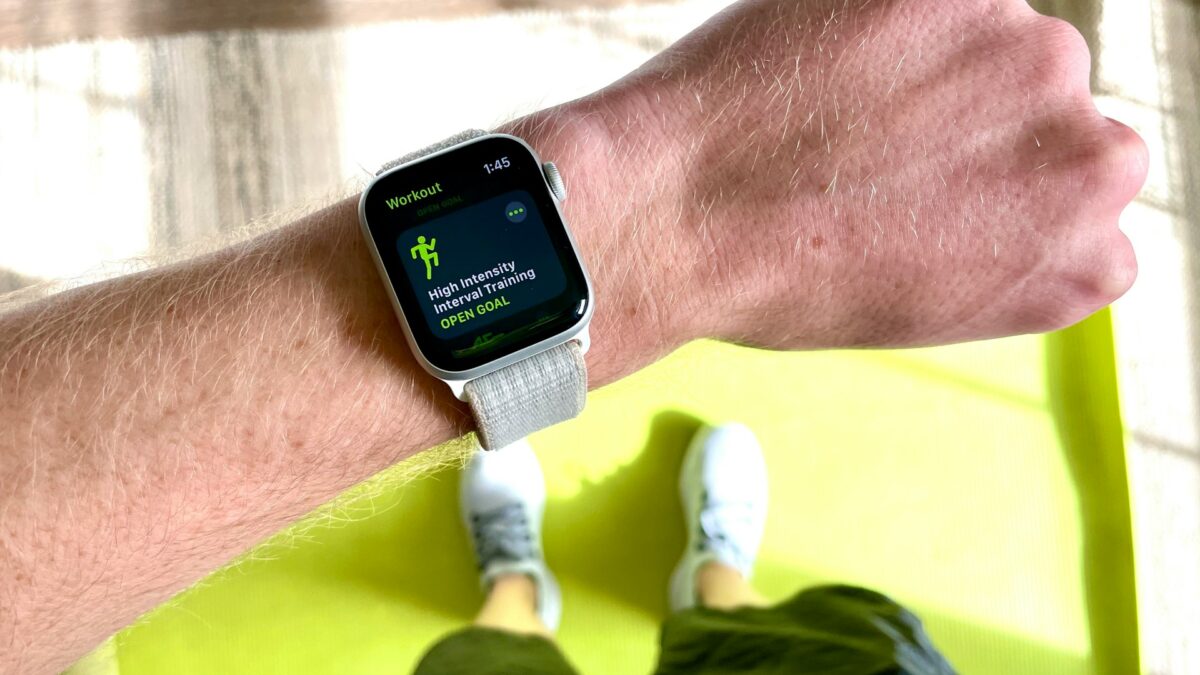
How to Reclaim Your Body After Pregnancy?
One of the main concerns for women after becoming a mother is getting back in shape. Is it okay to do sports if I’m breastfeeding my baby? When should I start working out again? How long will it take for me to get my body back in shape? We’ve got the answers to all your questions on this topic, plus some tips on how you can get started.
Is it okay to exercise if I’m breastfeeding my baby?
Yes, it’s not only compatible but also helps our recovery. Many studies have shown that weight is regained and fat accumulated during pregnancy is eliminated when we adopt a sedentary posture.
There’s no evidence that moderate exercise hurts breast milk composition, quantity, or quality, so there’s no need to worry.
What impact does this have on the joints and ligaments?
During pregnancy, several hormones are released that can make it easier to get sprains. This usually lasts about 10-12 weeks after childbirth, so it’s important to think about this when choosing exercises and using the right shoes. It’s also important to remember to take care of the pelvic floor. It can get weaker and might not be as supportive as it used to be during exercise.
What’s the best way to strengthen the pelvic floor and add more exercises to my routine?
It’s important to start doing Kegel exercises right after you give birth. This helps your muscles in that area recover, speeds up the recovery process, and helps prevent urine leakage in the future. Do these exercises in short bursts, two or three times a day.
Start with low-impact exercises like walking to get your heart rate up and oxygenate your tissues. As you recover, you can gradually add more intense exercises like jumping and running. Avoid conventional sit-ups until you’re fully recovered and your perineum is back to normal. Otherwise, they do more harm than good.
What should I be eating?
It’s a good idea to eat five times a day and include foods that promote healing (vitamins B, C, K, and zinc, which you’ll find in meat, liver, cauliflower, legumes, oranges, spinach, and dark green leafy vegetables, shellfish, and eggs) and prevent anemia (foods rich in iron, such as fish and seafood, legumes, cereals, and nuts).
Some Ideas For Exercises
1 – Balance out the pressure: Lie on your back and give your abs a massage, starting at your pubic area and moving up to your navel. This helps to reduce the strain on the organs caused by the weight of the baby and the effort of childbirth.
2—Push your abdomen towards your thorax: This will help decompress the viscera in your lower pelvis. You can do this standing or on all fours.
3—Lumbar release: Due to weight, posture, and positions, pregnancy puts a lot of strain on the lumbar area. To relax this area, lie on your back and pull your knees to your chest, release the air, and press your abdomen with your thighs.
It’s always best to start with gentle exercises and to take it easy on the abs if you’ve had a C-section. It depends on the woman in question. Whether you exercised before or not, your lifestyle, diet, etc., all play a part in how quickly you can get back into training.
The key is to keep up a routine and gradually increase the intensity. Some people say wait until you’re forty weeks along, while others say four weeks is enough. You should start when you’re ready, take it easy to avoid complications, but don’t wait too long.
Be patient. Your body needs time to reorganize and return to its normal state. Remember, you’re in an intermediate period. Don’t expect to have your body back to its previous state overnight. It’ll take time to get back into shape.



